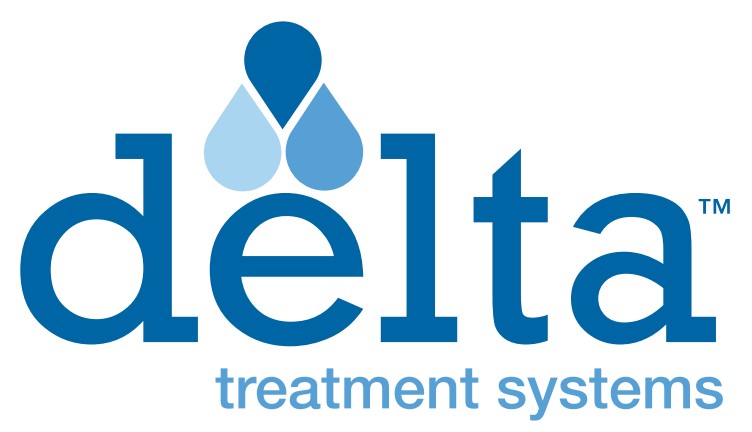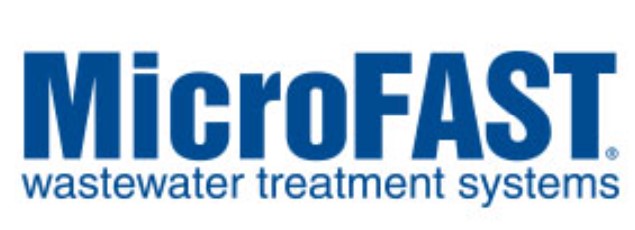Aerobic Treatment Systems & Services
Top Rated Septic & Sewer Drain Line Cleaning Company

40 Years Serving Orlando & Central Florida
“They showed up quickly and were very cordial & professional. Had everything straightened out in less than an hour. Thank you Angel !”
– Jodi Ragno, 2024

Orlando's #1 Septic & Sewer Line Cleaning Company
- Family Owned & Operated
- Free Estimates
- Affordable Pricing & Special Offers
- Upfront Pricing-No Surprise Fees!
- Expert Master Service Technicians
- Emergency Service
- Same Day Service Appoinments
- Licensed & Insured
- Top Rated & Reviewed
What is an aerobic treatment system?
An aerobic septic or aerobic treatment system is a wastewater treatment solution that uses oxygen (aerobic bacteria) to break down organic matter in wastewater more efficiently than traditional septic systems.
How do Aerobic systems work & how are they different from traditional septic systems?
An aerobic septic system employs an air pump to supply oxygen to the aeration chamber, promoting aerobic bacteria to decompose waste. Aerobic treatment systems feature a pre-treatment tank to separate solids and a settling tank to clarify the treated water, which is then disinfected before being released into the soil.
Aeration: Unlike traditional anaerobic septic systems, which rely on natural decomposition in a septic tank, aerobic systems introduce air into the treatment process. This is typically achieved through an air pump that continuously supplies oxygen to the system.
The Aerobic Treatment Process: The aerated environment promotes the growth of aerobic bacteria, which are more efficient at breaking down organic waste. This results in cleaner effluent compared to anaerobic systems.
Aerobic System Components: Aerobic systems usually consist of a treatment tank (where aeration occurs) and a separate drain field or disposal area where treated effluent is dispersed.
Benefits of aerobic treatment systems:
Aerobic systems break down organic waste more effectively than traditional septic systems, resulting in cleaner effluent (clarified liquid wastewater).
Aerobic systems are able to handle larger volumes of wastewater, making them an attractive option for large homes with higher water usage or larger households.
Aerobic systems are often smaller in size, due to their efficient treatment composition, requiring less land to install compared to traditional septic systems.
Aerobic treatment minimizes the unpleasant odors common to the wastewater treatment process.
Aerobic systems can be designed to meet specific site conditions and more stringent regulatory requirements found in many areas of Florida, providing more options for homeowners.
The treated water is often of higher quality, making it safer for discharge into the environment and able to be re-used for irrigation.
Because the effluent is treated more thoroughly, there’s less strain on the drain field, potentially extending its lifespan.
Improved treatment reduces the risk of contaminants entering groundwater and surface water, promoting a healthier environment.
Request Free Quote
Aerobic Treatment Systems
Anytime Septic Installs and Services many of the leading Aerobic Treatment Units avaiable. Call today to learn more!




FAQ
Aerobic Treatment Units (ATU)
How often should aerobic treatment systems be pumped?
Aerobic treatment systems that are properly maintained and monitored frequently, should be be inspected every 3-6 months as detailed under your required maintenance agreement and pumped by a licensed septic contractor based on the sludge levels in the system which varies depending on tank size, design, usage and waste type.
Are there any negatives to aerobic treatment Units (ATU) ?
Higher Installation & Maintenance Costs: Aerobic systems can be more expensive to install and regular maintenance such as pump-outs and service on mechanical components like air pumps and aerators can sometimes cost more compared to traditional septic systems.
Complexity of Mechanical parts: Aerobic systems have more moving parts (pumps, blowers, and timers) that can be prone to mechanical failure, requiring regular inspections and repairs.
Power dependence: Aerobic systems require a constant power supply for the aerator to function, making them susceptible to power outages.
Noise: The air pumps and blowers used in the system can be noisy, especially when installed too close to living areas.
Required Maintenance/Permit Agreement: An operating permit issued by your county is required and must be renewed every 1-2 years. A maintenance agreement is also required with regular inpection reports delivered to your county every 3-6 months.
How long do Aerobic Treatment Systems last?
Several factors such as proper maintenance, regular inspections & pump-outs and proper usage can impact the life expectancy of an (ATS) aerobic treatment system but well cared for systems can last 20-30 years with high-quality well maintained systems able to last over 40 years!
